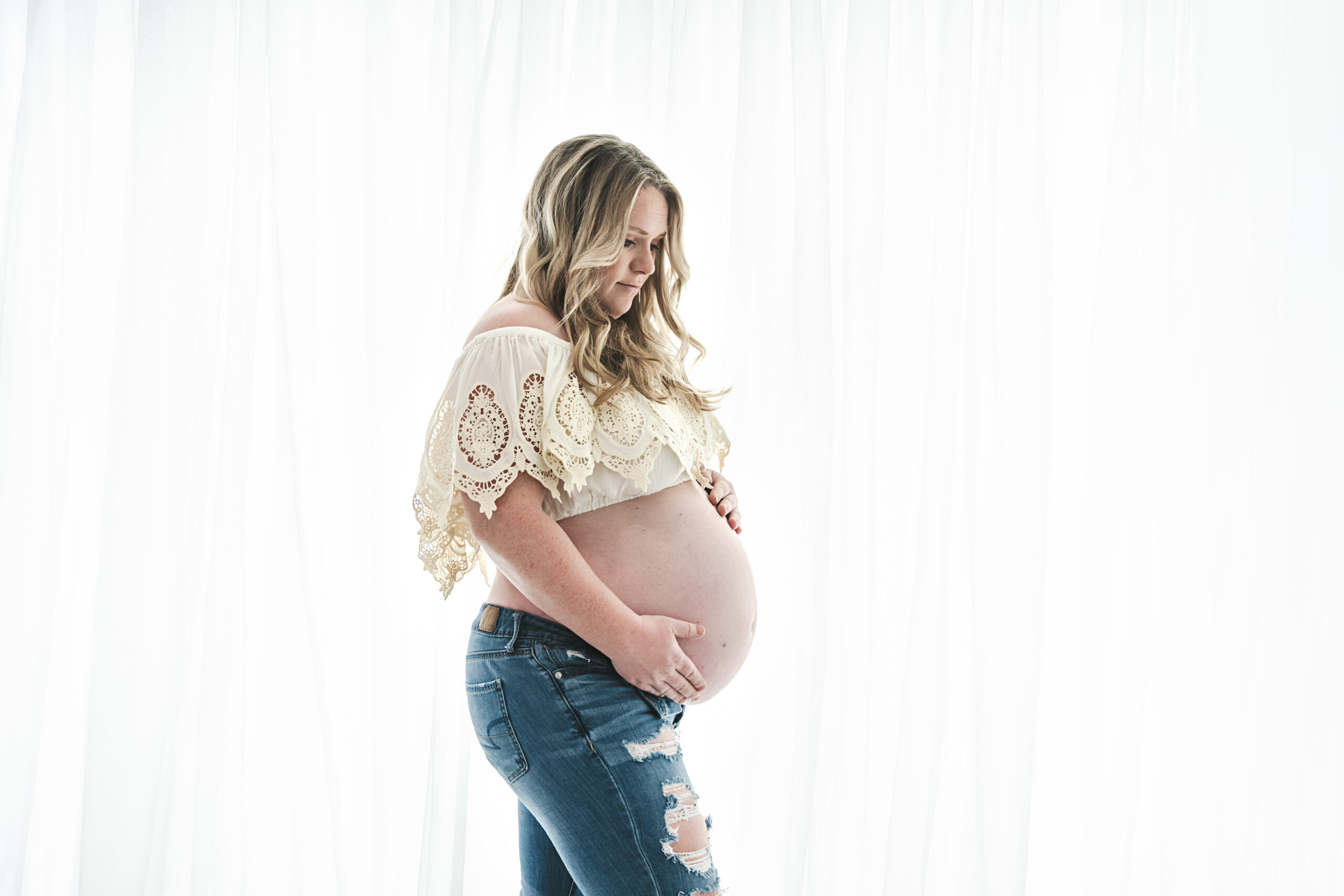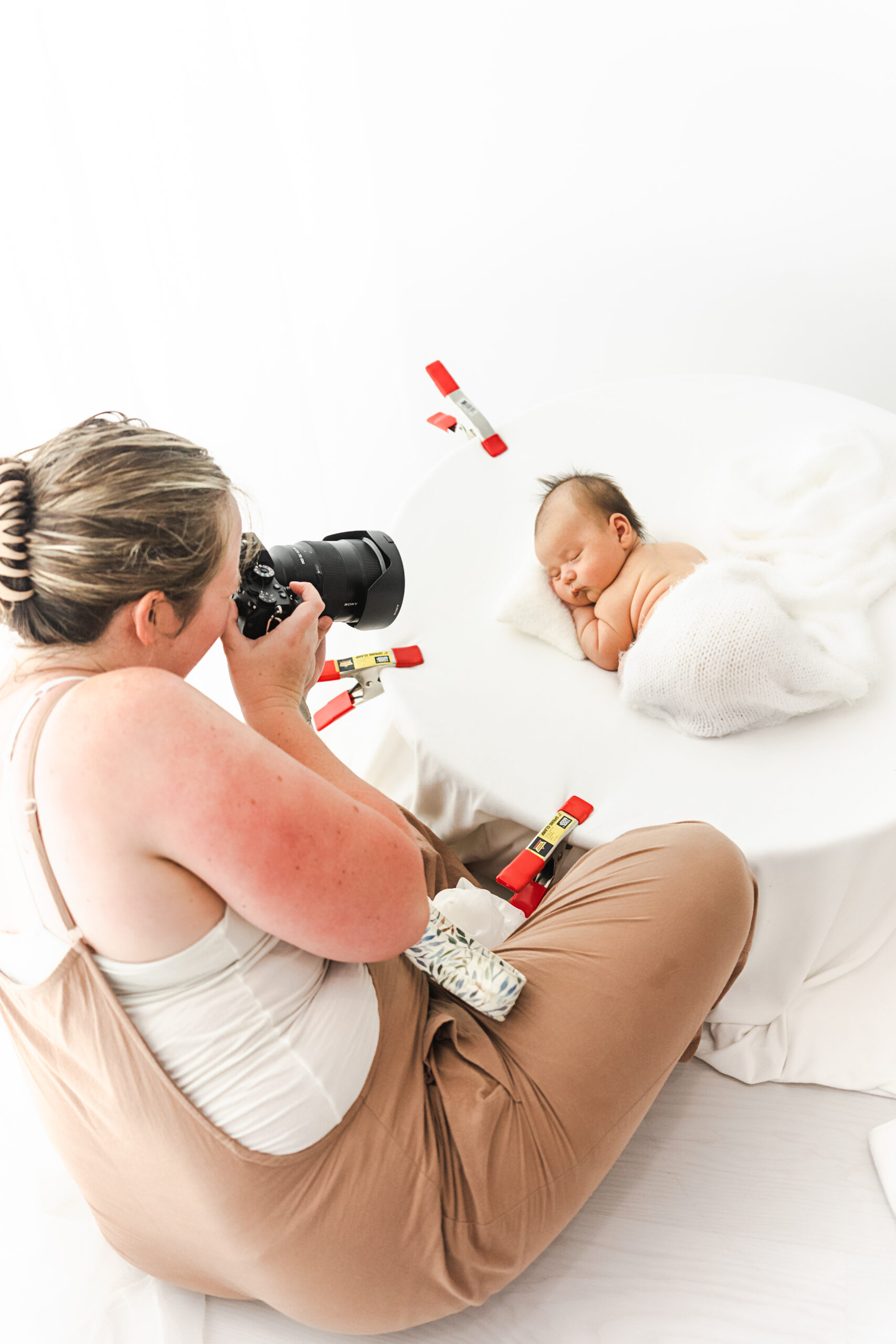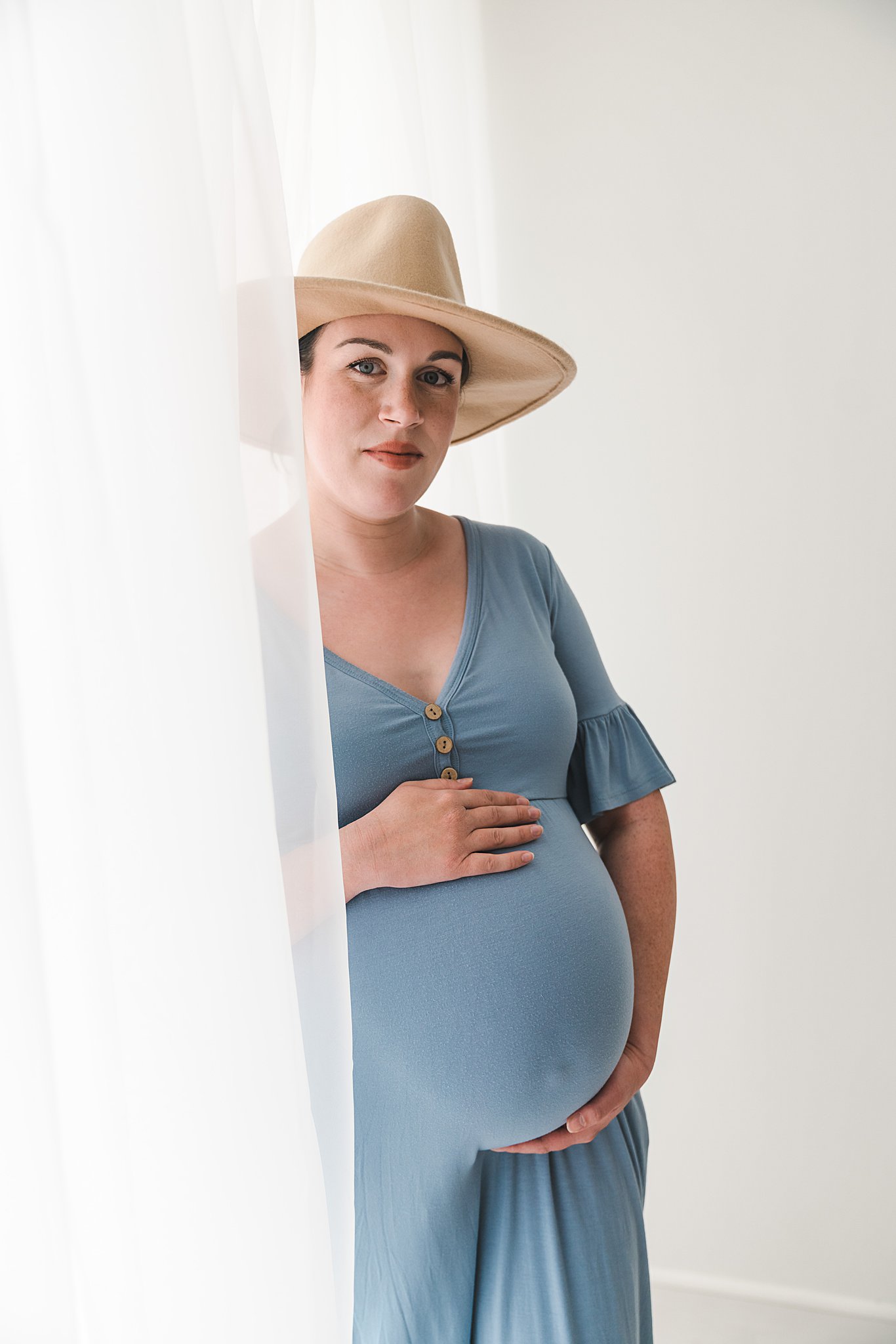Preventing & Treating Stretch Marks during Pregnancy

Stretch marks are one of the most common pregnancy complaints. About 80% of pregnant women will get them, and they can show up any time during pregnancy – but typically around the sixth or seventh month. Stretch marks happen when the skin stretches too quickly – as it does during pregnancy – and the connective tissues below the surface break down. The abrupt change causes the collagen and elastin, two things that keep your skin healthy – to rupture, leaving behind these streaks and marks on the skin that can show up in many different colors.
Early Signs of Stretch Marks
The earlier you catch stretch marks, the easier they are to treat. Here are some early signs to look for:
– Redness or inflammation of the skin
– A feeling of tightness or itchiness in the area where stretch marks may form
– Appearance of small bumps on the skin that look like goosebumps
– Indented streaks on your stomach, butt, breasts and thighs
– Colorful streaks that can be pink, red, black, blue or purple
How to Avoid Stretch Marks during Pregnancy
Vitamins
It’s no secret that pregnant women need to take extra care of themselves. Aside from eating right and getting enough exercise, taking prenatal vitamins is one of the most important things you can do for your baby and yourself.
But what many people don’t know is that prenatal vitamins can also help you avoid stretch marks during pregnancy. Vitamins C and E, in particular, are two key nutrients for keeping your skin healthy – and preventing those stretch marks from forming.
So if you’re pregnant, be sure to include a good vitamin supplement in your daily routine. Not only will it help keep you healthy, but it may also help keep your skin looking its best.
Protein
One way to help avoid stretch marks is to make sure you’re eating enough protein. Protein helps keep your skin healthy by providing it with key nutrients like collagen and elastin. Throughout your pregnancy, be sure to include plenty of high-quality protein in your diet.
Stay Hydrated
Staying hydrated is another key factor in preventing stretch marks. When you’re well hydrated, your skin stays elastic and less likely to stretch and tear. So be sure to drink plenty of water throughout your pregnancy. Not only will it keep you healthy, but it may also help keep those pesky stretch marks at bay.
Control Weight Gain
One of the best ways to avoid stretch marks during pregnancy is to gain weight gradually.
When you put on weight too quickly, your skin doesn’t have time to stretch properly and may end up tearing. But if you gain weight gradually over the course of your pregnancy, your skin will have a chance to stretch slowly and without any tears. This can help prevent the formation of stretch marks altogether.
How to Treat Fresh Stretch Marks
Most stretch marks will slowly fade and lighten after pregnancy, but they are unlikely to completely disappear. There are treatments available that can help reduce the appearance of stretch marks, but they are not 100% effective. Some women find that using a good moisturizer every day can help keep their skin healthy and elastic, which may lessen the chance of getting stretch marks. Here are more tips on treating stretch marks.
Home Remedies for Stretch Marks
Many women swear by lotions, creams, oils, and body butters to reduce or avoid stretch marks. Popular ones include things like almond oil, cocoa butter, olive oil, or vitamin E oil. If you choose to use a topical solution, doctors recommend that you
-Use the product daily
-Start using the produce before stretch marks appear
-Take time to massage your skin as you rub the oils in
Hyaluronic Acid & Tretinoin
Hyaluronic acid and tretinoin are two of the most popular treatments for stretch marks. Hyaluronic acid is a natural substance that helps to keep skin healthy and elastic. It is often used to treat wrinkles, but it can also be effective in reducing the appearance of stretch marks.
Tretinoin is a form of vitamin A that helps to rebuild collagen fibers in the skin. This can help reduce the appearance of stretch marks and make them less noticeable.
Both hyaluronic acid and tretinoin are available as over-the-counter treatments, or they can be prescribed by your doctor.
Retinoid Cream for Stretch Mark Prevention
Retinoid is a type of vitamin A that has been shown to be effective in reducing stretch marks. It helps increase collagen production, which keeps the skin healthy and elastic. Retinoid can be applied topically as a cream or gel, or it can be taken orally as a pill or liquid.
If you’re pregnant and want to avoid stretch marks, talk to your doctor about using retinoid. It may help keep your skin looking its best during these nine months – and beyond!
Light and Laser Therapies for Stretch Marks
Some doctors offer light or laser therapies to help reduce the appearance of stretch marks. Light therapy uses lasers or LED lights to stimulate collagen production and improve skin elasticity.
Laser therapy is similar to light treatment for stretch marks, but instead of lasers, doctors use beams of concentrated light to break down the fibers that cause stretch marks. This helps reduce their appearance and makes them less noticeable.
Microneedling
Microneedling is another treatment that may help reduce the appearance of stretch marks. Microneedling is a procedure that uses tiny needles to create hundreds of micro-injuries in the skin. This stimulates the body to produce more collagen and elastin, which helps keep the skin healthy and elastic. And since collagen and elastin are what give skin its elasticity, this can help prevent stretch marks from forming in the first place.
Microneedling is a relatively new treatment, so more research is needed to determine just how effective it is. But early results seem promising, and it may be worth considering if you’re pregnant and want to avoid getting stretch marks.





























































